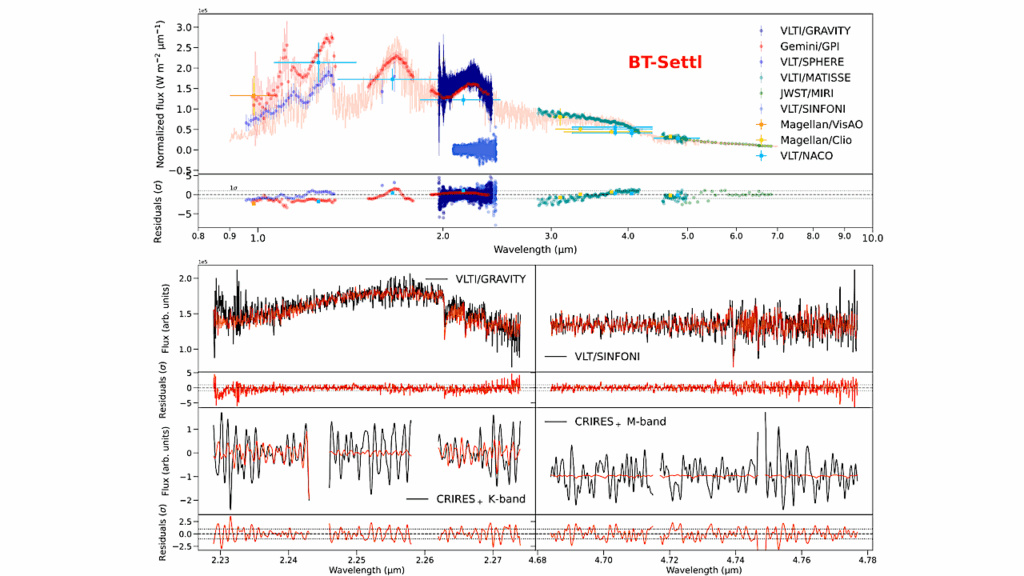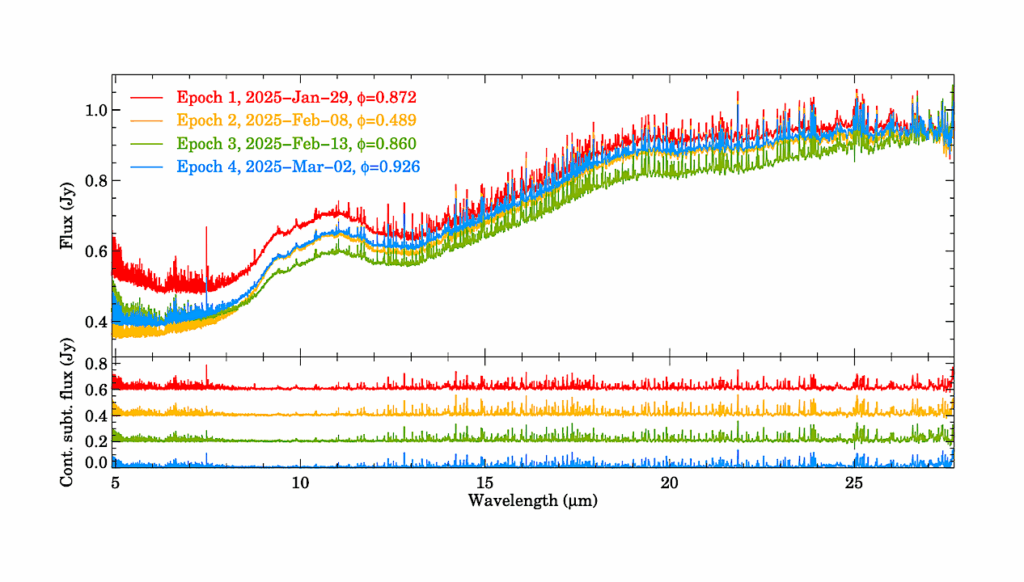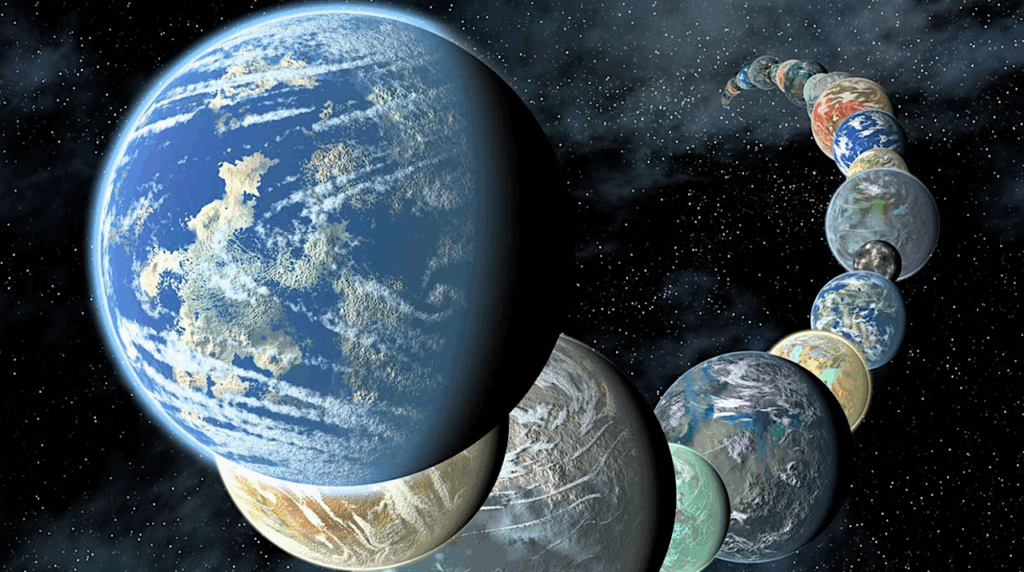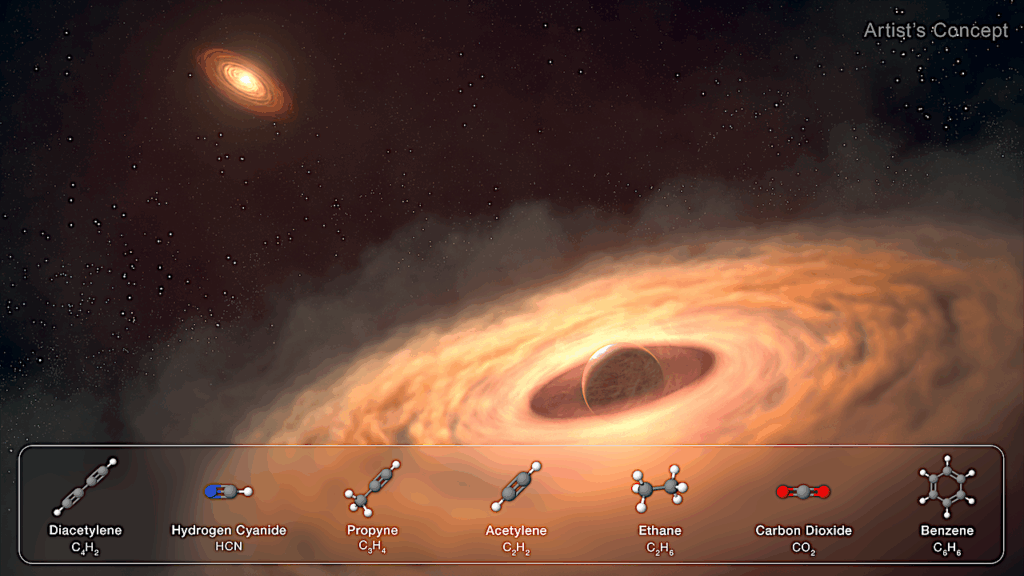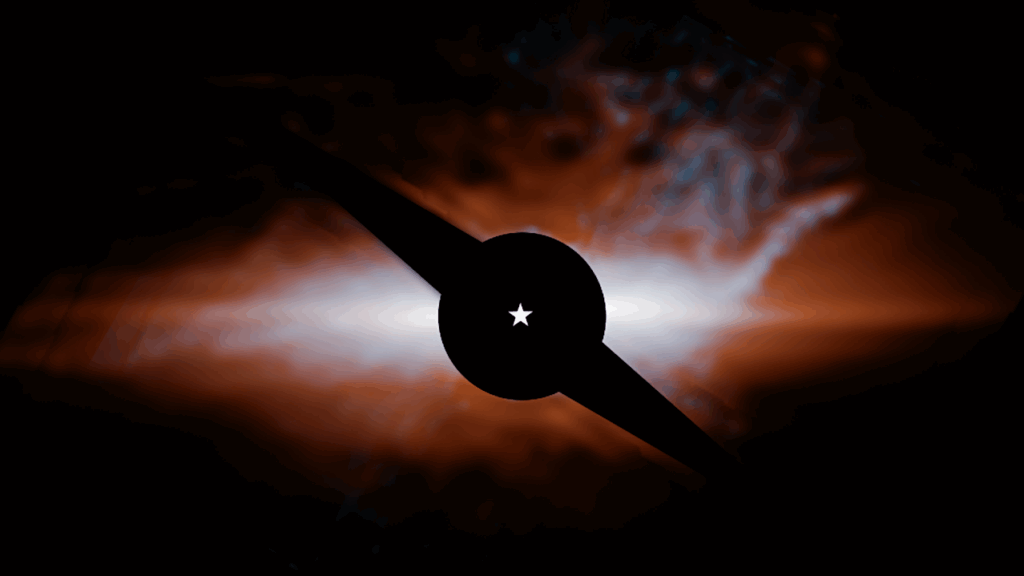Characterization Of A Set Of Small Planets With TESS And CHEOPS And An Analysis Of Photometric Performance
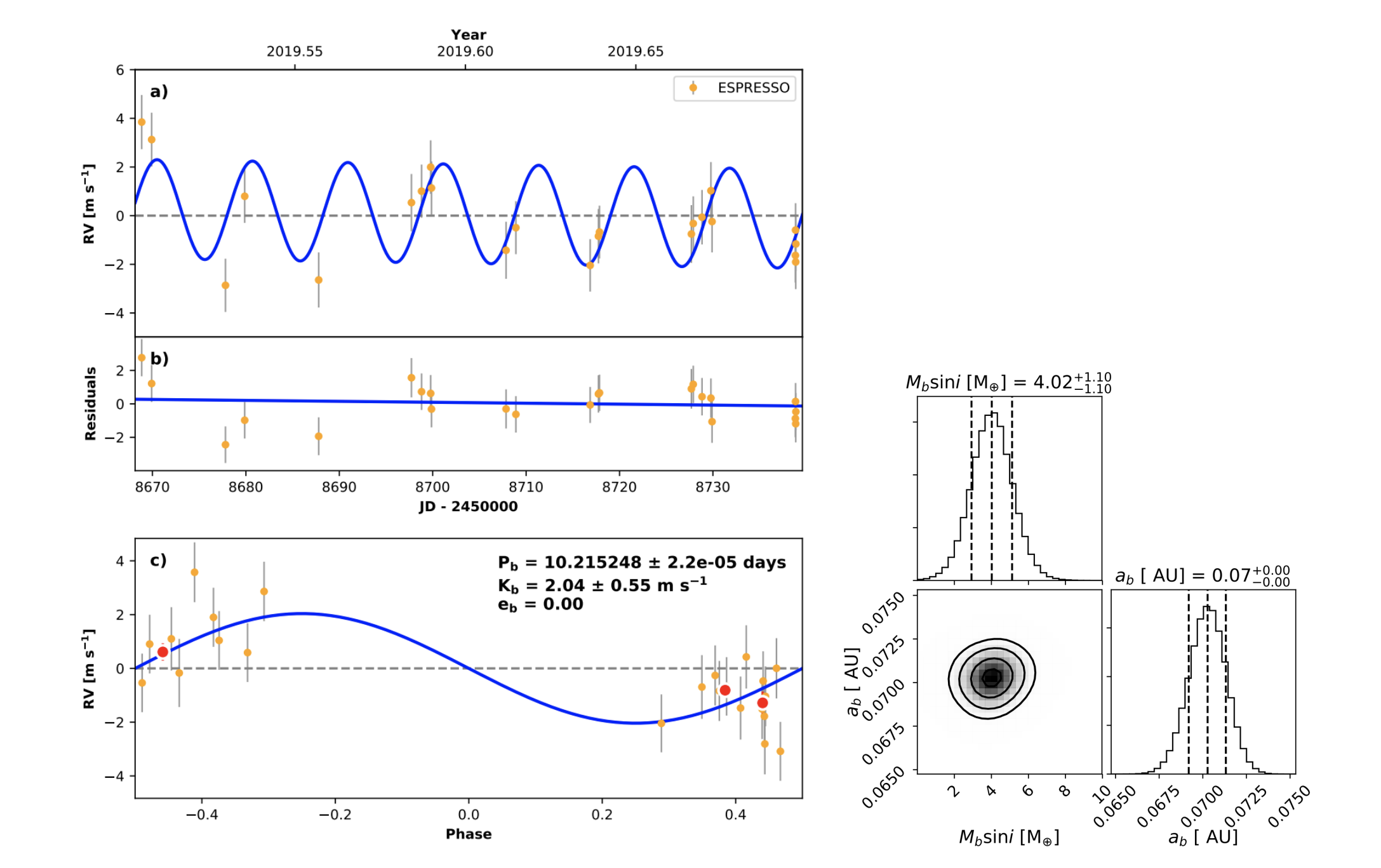
The radius valley carries implications for how the atmospheres of small planets form and evolve, but this feature is only visible with highly-precise characterizations of many small planets.
We present the characterization of 9 planets and one planet candidate with both NASA TESS and ESA CHEOPS observations, which adds to the overall population of planets bordering the radius valley. While five of our planets – TOI 118 b, TOI 262 b, TOI 455 b, TOI 560 b, and TOI 562 b – have already been published, we vet and validate transit signals as planetary using followup observations for four new TESS planets, including TOI 198 b, TOI 244 b, TOI 444 b, and TOI 470 b. While a three times increase in primary mirror size should mean that one CHEOPS transit yields an equivalent model uncertainty in transit depth as about nine TESS transits under ideal conditions, we find that our CHEOPS transits typically yield uncertainties equivalent to between 2 and 12 TESS transits, averaging 5.9 equivalent transits.
Therefore, we find that while our fits to CHEOPS transits provide overall lower uncertainties on transit depth and better precision relative to fits to TESS transits, our uncertainties for these fits do not always match expected predictions given photon-limited noise.
We find no correlations between number of equivalent transits and any physical parameters, indicating that this behavior is not strictly systematic, but rather might be due to other factors such as in-transit gaps during CHEOPS visits or non-homogeneous detrending of CHEOPS light curves.
Dominic Oddo, Diana Dragomir, Alexis Brandeker, Hugh P. Osborn, Karen Collins, Keivan Stassun, Nicola Astudillo-Defru, Allyson Bieryla, Steve B. Howell, David R. Ciardi, Samuel Quinn, Jose M. Almenara, Cesar Briceno, Kevin I. Collins, Knicole D. Colon, Dennis M. Conti, Nicolas Crouzet, Elise Furlan, Tianjun Gan, Crystal L. Gnilka, Robert F. Goeke, Erica Gonzales, Mallory Harris, Jon M. Jenkins, Eric L.N. Jensen, David Latham, Nicholas Law, Michael B. Lund, Andrew W. Mann, Bob Massey, Felipe Murgas, George Ricker, Howard M. Relles, Pamela Rowden, Richard P. Schwarz, Joshua Schlieder, Avi Shporer, Sara Seager, Gregor Srdoc, Guillermo Torres, Joseph D. Twicken, Roland Vanderspek, Joshua N. Winn, Carl Ziegler
Comments: Accepted for publication in AJ
Subjects: Earth and Planetary Astrophysics (astro-ph.EP)
Cite as: arXiv:2301.08162 [astro-ph.EP] (or arXiv:2301.08162v1 [astro-ph.EP] for this version)
Submission history
From: Dominic Oddo
[v1] Thu, 19 Jan 2023 16:52:39 UTC (23,326 KB)
https://arxiv.org/abs/2301.08162
Astrobiology


